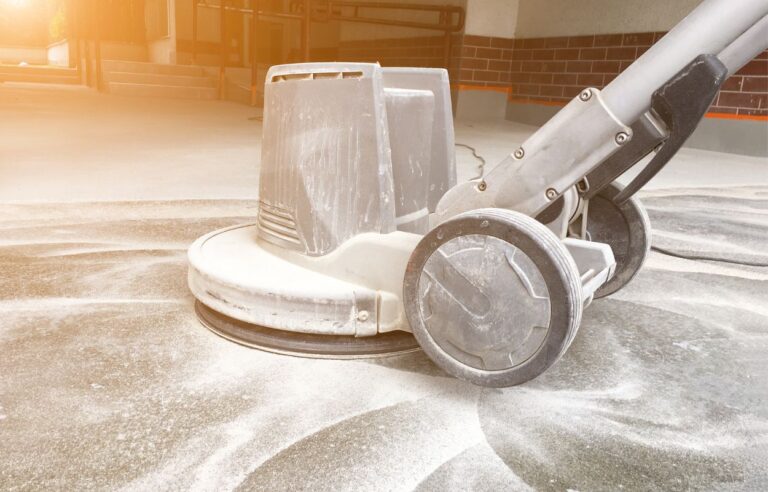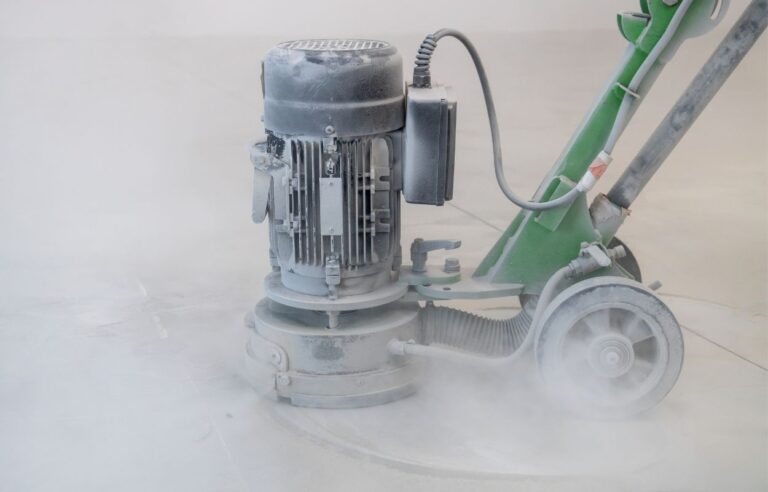
If your home was built before the 1980s, there’s a good chance it contains lead-based paint or other lead materials. With growing awareness about the health risks, lead abatement has become a priority for many homeowners. Here’s everything you need to know about keeping your home safe, with a special focus on lead abatement in Victoria.
WHAT IS LEAD ABATEMENT?
In simple terms, lead abatement is the process of removing or controlling lead-based hazards in a home or building. Lead can show up in paint, dust, soil, and even pipes. When these materials age, they release lead particles that can be harmful, especially to children and pets. Lead abatement is all about addressing these risks before they impact your family’s health.
WHY IS LEAD DANGEROUS?
Lead exposure can lead to severe health issues. It’s especially harmful to young children and pregnant women. Even low levels of lead exposure can cause developmental issues, learning disabilities, and behavioral problems in children. Adults aren’t immune either. Long-term lead exposure can lead to high blood pressure, kidney problems, and even cognitive decline.
HOW DOES LEAD ENTER YOUR HOME?
Lead usually enters homes through aging paint, dust, and soil. When lead-based paint cracks or peels, it releases tiny particles that can settle on surfaces or get mixed into the air. It can even end up in the soil around your home, especially if you live in an older neighborhood or near industrial areas.
If your pipes are old, they might contain lead solder. As water flows through, it can pick up traces of lead. This is why it’s essential to have your water tested, especially if you live in an older home. Many homeowners in Victoria are becoming more aware of these risks and are seeking professional lead abatement to keep their families safe.
SIGNS THAT LEAD MIGHT BE A PROBLEM IN YOUR HOME
So, how can you tell if lead is a risk in your home? First, if your home was built before 1978, there’s a strong possibility it contains lead-based paint. The U.S. banned lead-based paint for residential use in 1978, and Canada followed shortly after. If your home was built before this, you’re more likely to have lead somewhere on the property.
Another sign is chipped or peeling paint. When lead-based paint ages, it starts to crack and peel, and these chips can break down into dust that spreads throughout your home. You might also notice frequent dust accumulation, especially near walls and windows, which could be a sign of lead dust. Lastly, watch for health issues in family members. Lead poisoning symptoms can be subtle and are often mistaken for other conditions. If your child has unexplained developmental or behavioral issues, or if you or other adults have frequent headaches, memory loss, or high blood pressure, consider getting a lead test.
TESTING FOR LEAD IN YOUR HOME
The first step in any lead abatement plan is testing. A professional lead inspector or risk assessor can conduct a lead-based paint inspection, a risk assessment, or both. A lead-based paint inspection shows if lead-based paint exists and where it’s located, but it doesn’t tell you if the lead poses an immediate risk. However, it helps you know where to be cautious. A risk assessment, on the other hand, looks at lead hazards, such as peeling paint and lead dust, and the risk assessor will suggest options for managing these hazards.
You can also use DIY lead test kits from hardware stores, but remember that they may not be as reliable as a professional inspection. If you’re considering lead abatement in Victoria, it’s always smart to hire a professional to assess the situation.
LEAD ABATEMENT VS. LEAD REMEDIATION: WHAT’S THE DIFFERENCE?
Lead abatement and lead remediation sound similar, but they’re not the same. Lead abatement is a permanent solution that aims to eliminate lead hazards from your home. It can involve removing lead-based paint, replacing windows or doors, and in some cases, enclosing lead materials. Lead abatement usually requires professional help and specialized equipment.
Lead remediation, on the other hand, focuses on controlling lead exposure rather than eliminating it. This could mean painting over lead-based paint or applying special coatings that keep the lead particles contained. It’s not as thorough as abatement, but it can be a more budget-friendly option.
LEAD ABATEMENT METHODS
There are several methods professionals use to address lead in homes. Each has its own benefits and limitations, and the choice depends on the condition of your home and the specific lead risks present.
Paint removal is one method. Professionals strip lead-based paint from surfaces. This is effective, but it requires special tools to avoid spreading lead dust. Only trained professionals should handle this type of abatement.
Enclosure is another method. In this method, lead-based paint surfaces get covered with materials like drywall or aluminum, keeping the lead paint sealed off to prevent dust and exposure. Enclosures are usually less invasive than full removal.
Encapsulation involves applying a special, lead-safe coating over lead-based paint, forming a barrier that keeps the lead from flaking or turning into dust. However, it’s not suitable for surfaces that get a lot of wear and tear.
Sometimes, the best approach is to completely replace parts of the home that contain lead, like windows or doors. This replacement method eliminates the hazard altogether and can be a good investment in the long run.
DIY LEAD ABATEMENT: IS IT A GOOD IDEA?
Trying to handle lead abatement on your own can be risky. Without proper training, you could spread lead dust around your home, creating a bigger problem. If you choose to do some abatement work yourself, follow strict safety measures. Always wear protective gear like a high-quality mask, gloves, and disposable coveralls. Be sure to seal off the area by keeping doors and windows closed and covering air vents to prevent lead dust from spreading. Afterward, clean thoroughly using a HEPA vacuum and wet wipes to remove lead dust from surfaces, as dry sweeping can spread particles into the air.
Even with these precautions, remember that lead abatement requires special skills and equipment. For lead abatement in Victoria, it’s best to work with professionals who have the expertise to get the job done safely.
HOW MUCH DOES LEAD ABATEMENT COST?
The cost of lead abatement varies depending on the size of your home, the amount of lead present, and the abatement methods used. On average, lead abatement can range from a few thousand to several thousand dollars. While it’s a significant investment, consider the peace of mind and health benefits it brings to your family.
Some government programs and grants can help cover the costs of lead abatement, especially for families with young children. Check with your local health department or housing authority to see if there’s assistance available in your area.
KEEPING YOUR HOME LEAD-SAFE FOR THE FUTURE
Lead abatement isn’t just a one-time solution. It’s important to keep your home lead-safe for the long run. After abatement, continue to monitor painted surfaces, especially in high-traffic areas. Regularly clean floors and surfaces to prevent dust buildup, and wash children’s hands and toys often to reduce any residual exposure.
If you plan to renovate your home, work with contractors experienced in lead-safe practices. Renovations can stir up lead dust, so it’s crucial to follow safety protocols to avoid reintroducing lead hazards.
FINAL THOUGHTS ON LEAD ABATEMENT
Lead abatement can seem overwhelming, but it’s a vital step in making your home a safe, healthy place. Whether you opt for professional lead abatement in Victoria or tackle small projects on your own, remember that the goal is to reduce lead exposure as much as possible. With the right information, you can make informed choices to protect your loved ones and your property. If you’re unsure where to start, reach out to a local lead abatement expert—they’re here to help you navigate this journey toward a lead-safe home.





